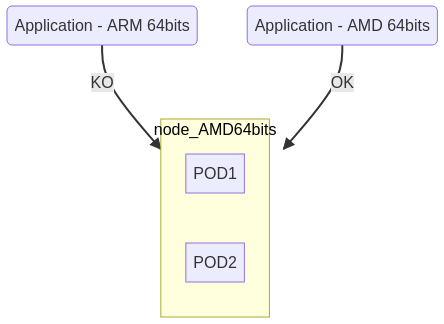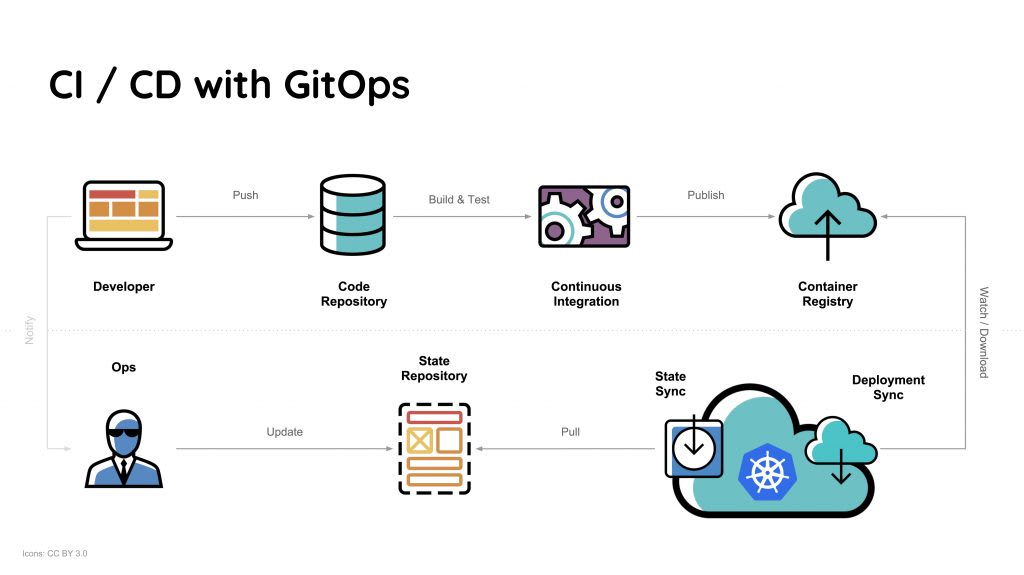

Proceed with executing the following commands as root. Step 2 - Set up each server in the cluster to run Kubernetes. We will setup one server to act as the master: Hostname Kubernetes will need to assign specialized roles to each server. Set your hostnames for your servers as follows: Server You need to be running hosts with a minimum of 4GB RAM for the Weave Socks Shop Demo.

To get this three member cluster up and running, you will need to select Ubuntu 16.04, 4GM RAM servers and enable Private Networking.Ĭreate 3 hosts and call them kube-01, kube-02 and kube-03. This will give you three servers to configure. In this article, we are going to demonstrate two node cluster. Before getting into it, you must have a basic understanding about Kubernetes concepts and architecture. Kubernetes is an open-source system for automating deployment, scaling, and management of containerized applications. In this article, we are going to learn about Kubernetes cluster installation using Kubeadm in RHEL 8, and its clones like AlmaLinux 8, CentOS 8, and Rocky Linux 8. We will start with creating three Ubuntu 16.04 servers. This document will walk you through the process of deploying an application to Kubernetes with Visual Studio Code. Step 1 - Get each server ready to run Kubernetes
#INSTALL KUBERNETES CLUSTER HOW TO#
We will then deploy the Weaveworks Socks Shop Microservices Application as a demonstration of how to run microservices on Kubernetes. We will be using kubeadm to setup kubernetes. In this guide, we'll demonstrate how to get started by creating a Kubernetes cluster (v1.15) on Ubuntu 16.04.

It handles the entire life cycle of a containerized application including deployment and scaling. Kubernetes is a system designed to manage applications built within containers across clustered environments.


 0 kommentar(er)
0 kommentar(er)
